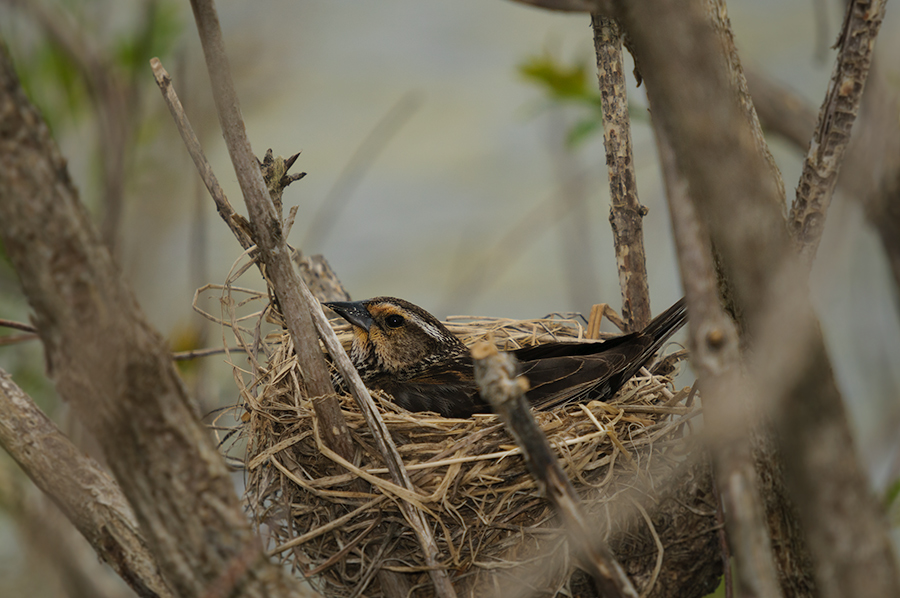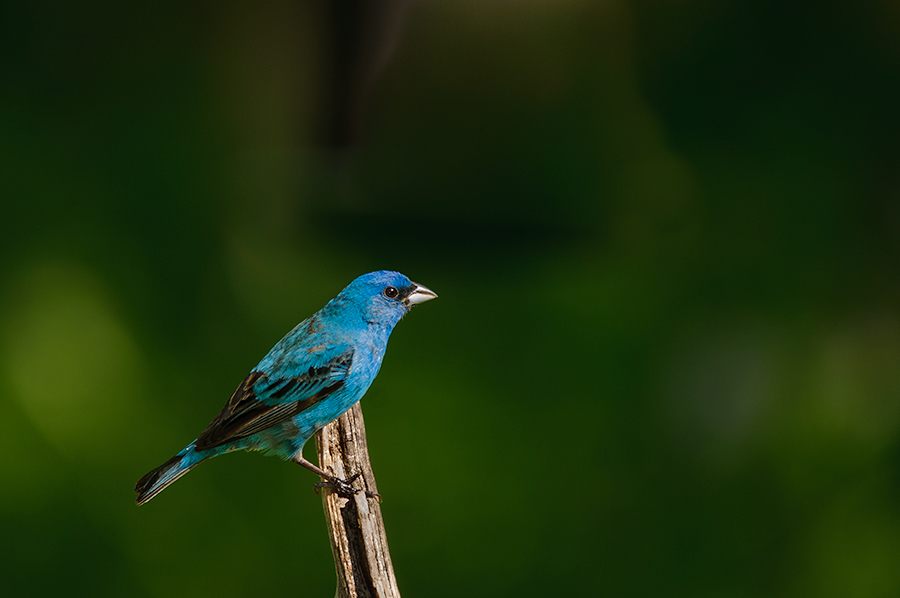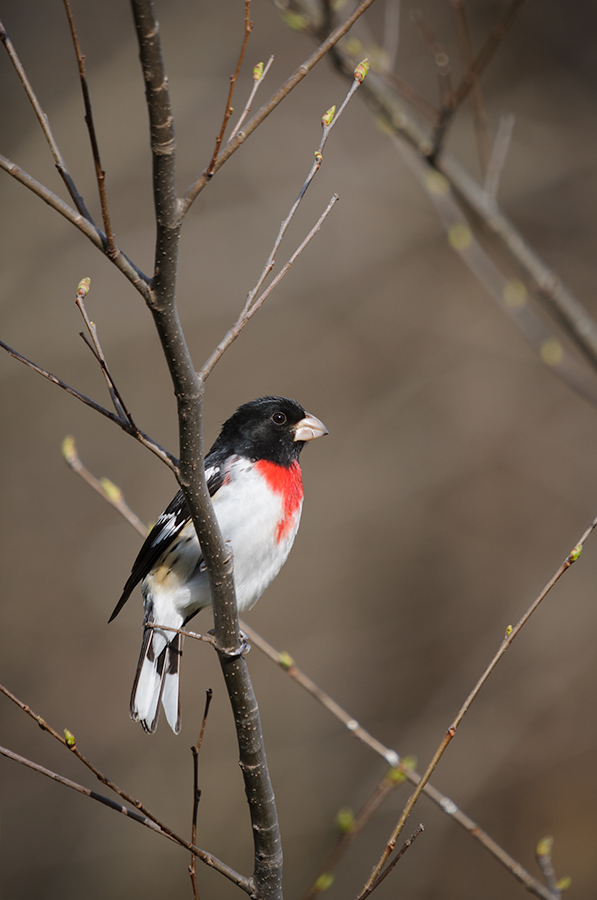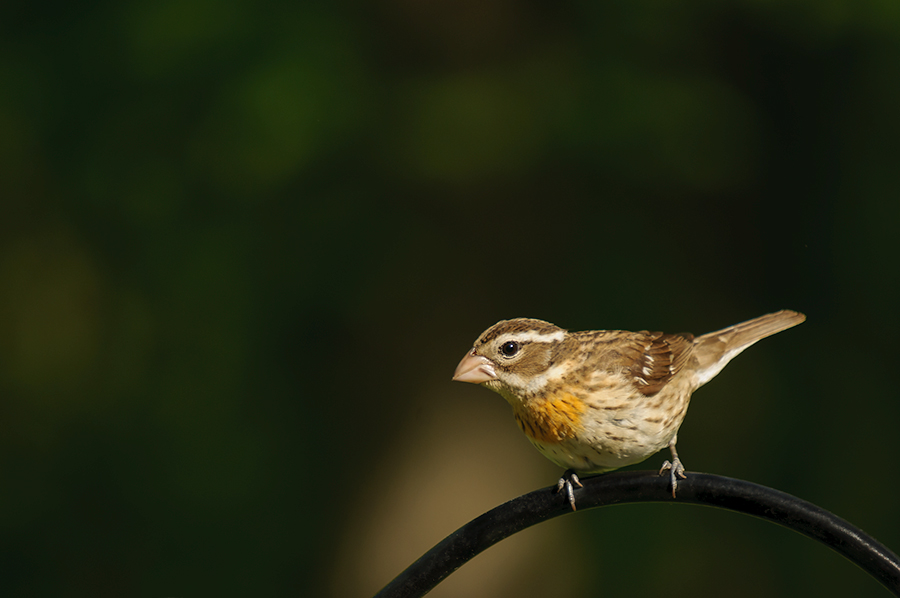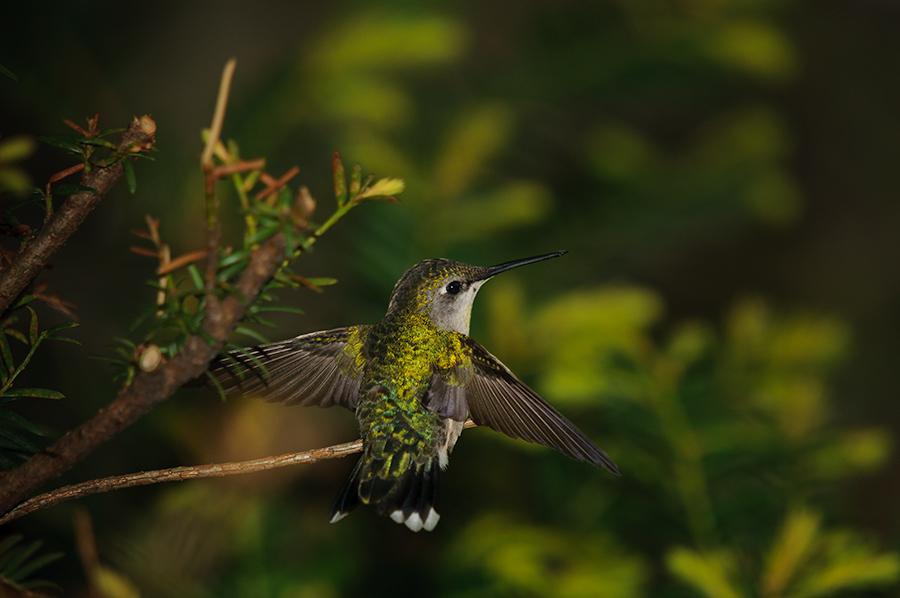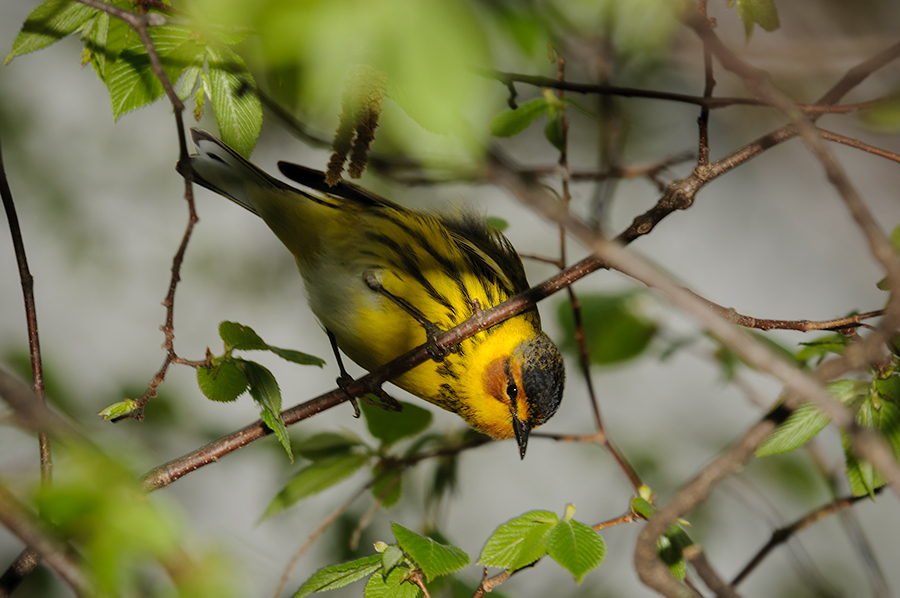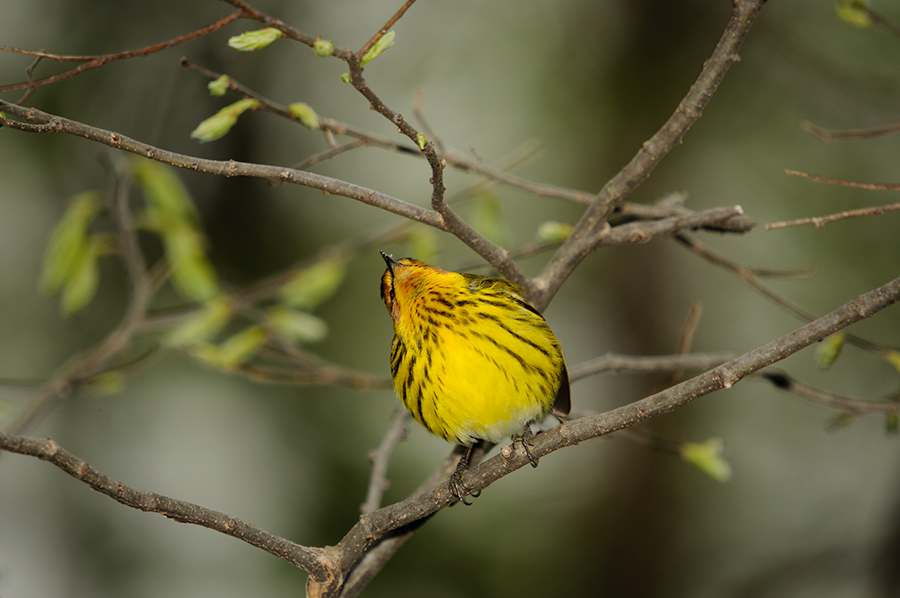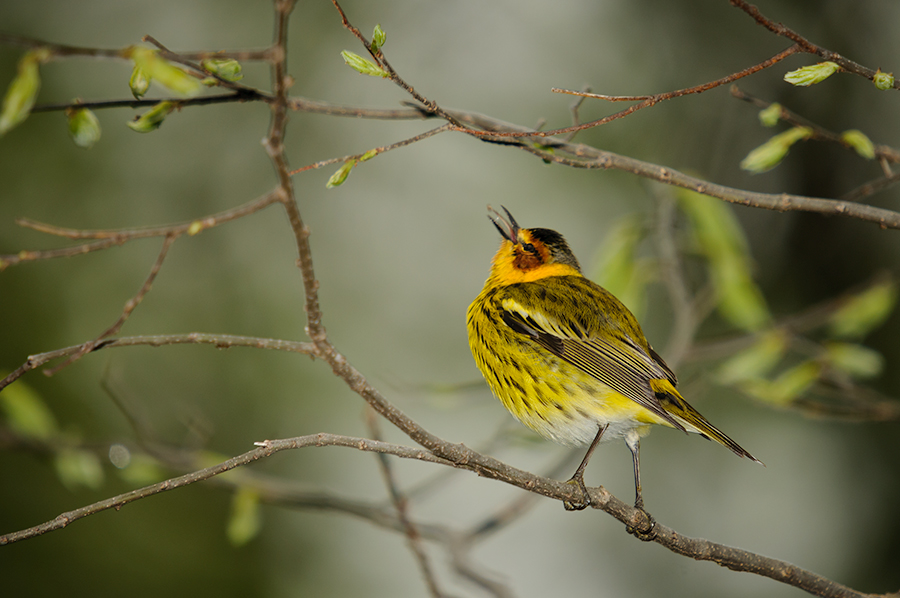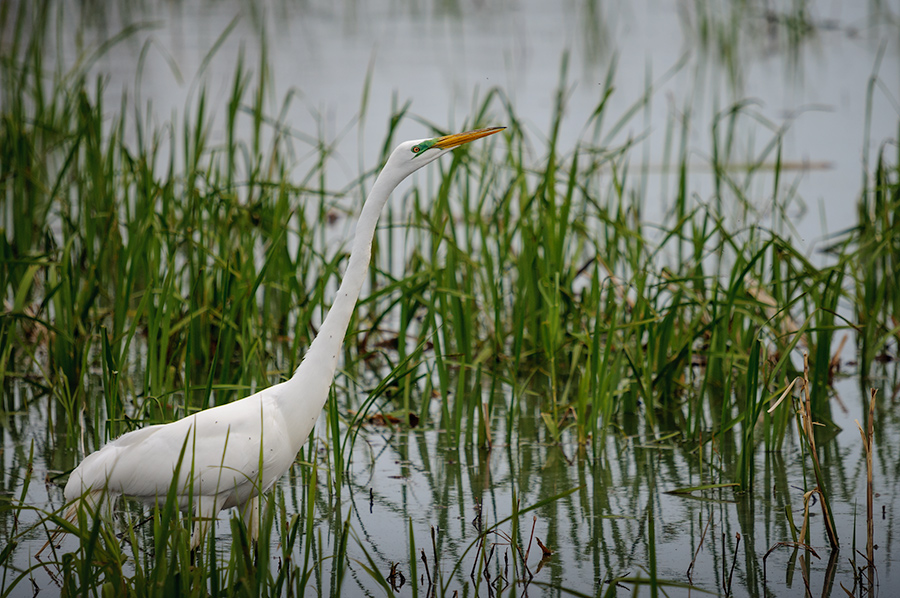
It has been three weeks since I had my last visit in the Green Island Wetlands. The water level in the Mississippi River is still very high and this effects the wetlands as well. It was relatively quiet yesterday afternoon. I have not seen a single duck, not very many Canada Geese, and the strangest thing was that I didn’t see any goslings. I really wonder if the flood has destroyed some of the nests. This all doesn’t mean there was nothing going on. Some Great Egrets stood either in groups or alone in the water and hunted for fish and frogs. I saw a Yellow Warbler, a Yellow-bellied Sapsucker, an Eastern Kingbird, and even had my first sighting of a Yellow-throated Vireo.

This muskrat looks like it is dozing but it was actually feeding and chewing on plants in the water under a carpet of duckweed.

Probably thousands of Red-Winged Blackbirds have finished their nests and the females sit on the eggs right now. This female here was irritated by my approach because I drove by very slowly with my “mobile blind”. She left the nest but returned within a minute. The first photo was made as she entered the nest again and pretty soon the breeding business continued. The males sit on higher perches, like trees or the remains of last year’s reeds, and watch out for predators. I have seen them in the past defending their territory very aggressively against crows or even eagles.
